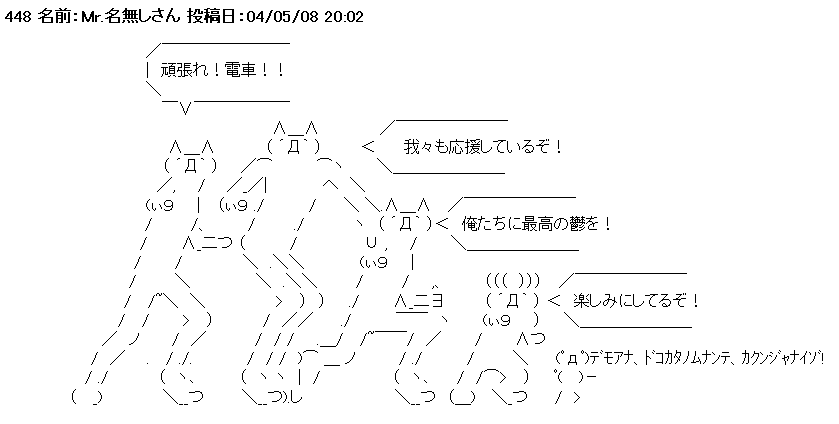According to Wikipedia, revision of the 常用漢字 (Jōyō kanji) was first proposed in February 2005 and work began in September of the same year.
2005年2月に国語分科会が「情報化時代に対応するために常用漢字のあり方を検討すべき」であるとした報告書を文化審議会に提出した。これを受けて、同年3月、中山文部科学相は常用漢字表の見直しの検討などを文化審議会に諮問した。同年9月から文化審議会・国語分科会の漢字小委員会が常用漢字見直しの審議に入った。
– Wikipedia
Three years later, there was news as recently as last month of a tentative list to be released in February of 2009. The new list is currently said to have removed 5 kanji and added 188 new ones, bringing the new total from 1945 to 2128 characters.
文化審議会国語分科会の漢字小委員会は15日、常用漢字表に新たに入れる可能性の高い漢字188字からなる字種候補案を承認した。話題になった「俺(おれ)」も含まれる。今後、音訓を決める段階や、来年2月に作成される新常用漢字表(仮称)試案を修正する段階で、この追加字種の数は若干変わる可能性もあるが、ほぼ固まった。
現行の常用漢字表からはずす可能性が高いのは銑・錘・勺・匁・脹。1945字からなる常用漢字表からこの5字をはずし、新たに188字を追加すれば、新常用漢字表は2128字となる。
– 朝日(2008年7月15日)
The new additions apparently also include the “controversial” character 「俺」. Personally, it seems crazy to not include it based on how often it’s used. And what is so controversial about 「俺」 anyway especially considering the fact that they’re adding kanji like 「勃」 and 「淫」? That’s just my opinion in any case and I think the difficulty they are having in determining the criteria for what goes in the list is indicative of fundamental problems with the whole idea behind the list in the first place.
Never let the 常用漢字表 tell you which kanji to learn or not learn
What is the purpose of the 常用漢字表 anyway? To tell you which kanji to learn? So I’m supposed to learn 「斤」, some obscure unit of measurement but not the kanji for the word “who” (誰)? That makes perfect sense, right?!
Also, why did they even have the removed characters (銑・錘・勺・匁・脹) in the first place? Was “pig iron” commonly used at some point in time? I mean, the list came out the year I was born and I don’t think I’m THAT old. And why haven’t they removed stuff like 畝 or 逓 yet? I don’t think they come even close to falling in the category of “common usage” no matter how you define it.
And now, almost 30 years later they’re finally going to add kanji for words like “smell” (匂い), “loose” (緩い), “nail” (爪), and “butt” (お尻) in 2010? What kind of crap list were we using all these years?
The list burned me personally when I bought my first kanji dictionary. It only had the 常用漢字 because after all, that’s all we need to know, right? Well, one of the FIRST words I encountered in my self-study was 「瞳」 and guess what, it’s not in the list! If I had known better, I would have never wasted money on anything that only covered the 常用漢字.
Thankfully, I later found an online dictionary that didn’t use the 常用漢字表 as an excuse to be lazy and saved me from quitting Japanese in frustration. For comparison, the 漢字源 in my Canon G90 has 13,112 characters, almost 16x what my first crap dictionary had.
Don’t fall into the trap of learning from a list
In my opinion, the worst problem with the list is that it fools innocent learners such as you and I into thinking we should use it somehow in our studies. The thinking goes, “Hey here’s a list of (supposedly) common kanji. I should make up some index cards and memorize them one by one.”
However, what many beginners don’t realize is that you have to be some kind of super-genius to memorize 1945 characters with absolutely no context. Even if you DID somehow manage to memorize them all, you’re not learning any real words, you have no idea which readings are used and when, and you have no sense of when and how it’s used. Where’s the reading material, vocabulary, and conversation practice? It’s like putting the cart before the horse AND sitting in the seat backwards.
The first character on the list is 「亜」 for crying out loud! For all you know, that’s the most useful character in the world when in fact I have never used it in all my years of study. Do YOU write 「アジア」 and 「アメリカ」 as 「亜細亜」 and 「亜米利加」? I sure hope not! I thought for a second that maybe it’s used in the word 「唖然」 but no, not even! If anything, 「唖」 belongs in the list much more than 「亜」 if you ask me. Obviously, they never consulted me (I was -2 months old at the time) and no, it’s not in the list.
Conclusion
I don’t know, maybe the list has some good uses for educators, policy makers, publishers, and whatnot. It’s certainly better to have an improved version over the crappy one we have now. But I can’t help but think it was overused throughout the years and caused more harm than good for people learning Japanese. Personally, I think we would have been better off without the damn list in the first place.
The bottom line is whatever new list they come up with and no matter how “good” it is (whatever that means), we should always think of it as a guide and never forget to use good ol’ common sense.

